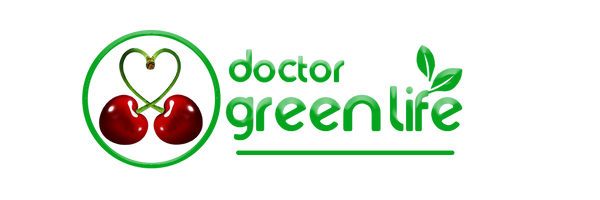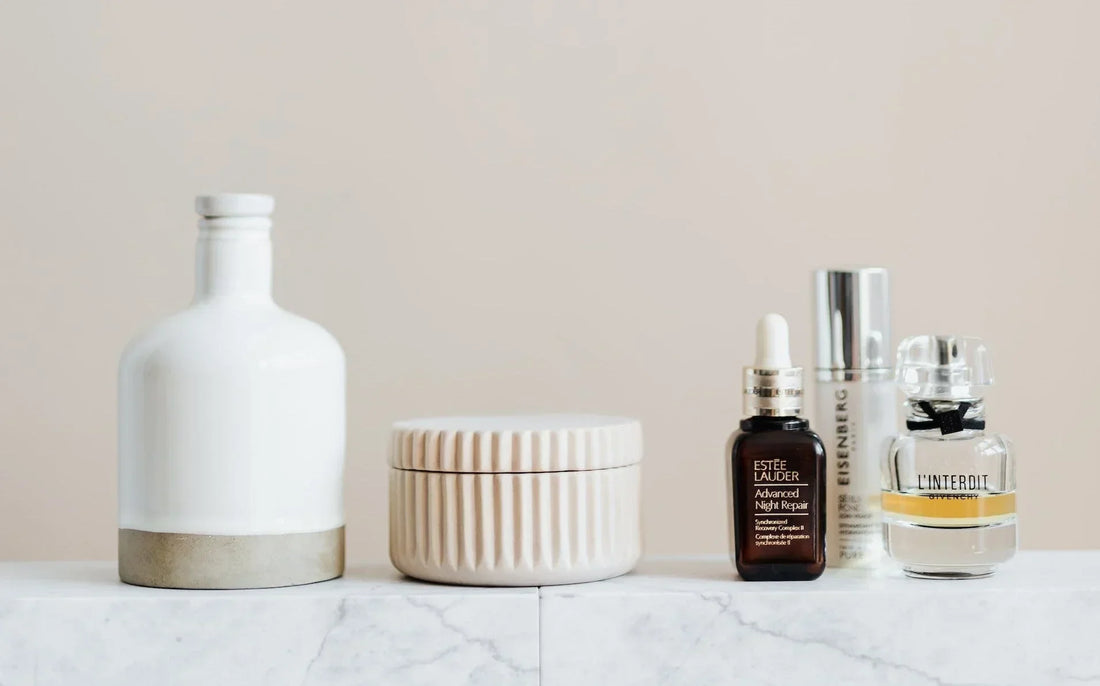Understanding your shampoo's ingredients and how it works can give you healthier and more beautiful hair.
History of Shampoo
Shampoo is originated from the Sanskrit word "Champana" meaning massage. Before the invention of shampoo, people used natural ingredients like organic cedar, acanthophyllum, and tragacanth gum, or mineral substances like siliceous earths. Before shampoo was created, humans used alternatives like rosemary soap, egg yolk, black tea, sugarcane extract, vinegar, and water.
The Bath of Dean Mahomed in Brighton, England, is where shampoo was first introduced to Europeans. In 1814, a Muslim Indian named Sake Dean Mahomed opened a public bath in Brighton and introduced the use of shampoo as an herbal remedy to Europe for the first time.
What is Shampoo?
Shampoo is the only substance that can effectively wash the oil from the scalp. This oil, known as sebum, is secreted by the sebaceous glands to maintain the moisture of the hair. The primary purpose of shampoo is to remove and control this secreted oil on the scalp, which is considered the main factor in hair pollution.

19 Harmful Ingredients Used in Shampoos
What are the harmful and dangerous components in shampoo? When using shampoo, pay attention to its ingredients. Be cautious if the shampoo contains the following substances, as they are considered dangerous and toxic:
1- Sulfates
Sulfates are chemical agents used as detergents in shampoos. The most common sulfates are Sodium Lauryl Sulfate (SLS) and Sodium Laureth Sulfate. Sulfates are powerful cleansers and foaming agents in shampoos; thus, if your shampoo does not lather, it is likely sulfate-free. Sulfate free shampoos do not lather. However, the strong cleansing and purifying properties of sulfates can cause burning, dryness, and inflammation of the skin. They may increase the likelihood of skin allergies and aggravate conditions like rosacea, eczema, and contact dermatitis. Sulfates can also irritate and cause discomfort for sensitive skin types.
2- Ammonium Lauryl Sulfate or Sodium Laureth Sulfate
Sulfate is a very strong cleanser that exhibits chemical reactions and can clean the scalp when mixed with water. When you wash your hair with shampoo, sulfates remove all the oil and dirt. However, while cleaning, they can also damage the hair, making it brittle and excessively frizzy.
Sodium Lauryl Sulfate; Sodium usually gives shampoo its foamy texture, which many people enjoy. However, when it remains on the scalp, it can leave toxic effects on the body. Colored and dry hair should avoid this substance as it can strip away the color and dry out hair roots by removing natural oils.
3- Parabens
Parabens are commonly known as damaging agents and prevent the entry and growth of bacteria in cosmetics and shampoos. However, they can reduce estrogen production, which is directly linked to diseases like breast cancer. Some cosmetic and personal care product manufacturers use a substance called "paraben" to reduce costs, which can increase the risk of breast cancer in women. To ensure reliability, the term PARABEN FREE on higher-quality products indicates the absence of these hazardous substances.
4- Sodium Chloride
Sodium chloride is another name for salt. It is used in shampoo and conditioner to thicken hair, but salt can cause dryness, sensitivity, and itching of the scalp, which may lead to hair loss.
5- Polyethylene Glycol
This substance is derived from crude oil, and although there is no definitive evidence that it is toxic on its own, its combination with other products can be damaging to hair.
6 & 7- Diethanolamine and Triethanolamine
These two substances are responsible for the stability and foaming properties in shampoos. They are based on water and oil. In 1998, researchers found links between these substances and cancer in animals, but their effects on humans are not yet clearly understood. However, in countries like Europe, the use of these compounds in shampoos and cosmetics is prohibited.
8- Formaldehyde
In various tests, it has been proven that formaldehyde can be easily absorbed by human skin. Manufacturers often add this substance to shampoos as a preservative. However, over time, formaldehyde can undergo changes in its composition.
9- Alcohol
The presence of certain types of alcohol in shampoo can cause hair dryness. However, not all alcohols have a drying effect; some, like cetyl alcohol and stearyl alcohol, can help maintain hair moisture. On the other hand, alcohols like propanol are usually considered harmful in shampoos.
10- Fragrance Composition
Products containing fragrances often include hidden chemicals. These fragrant substances, widely used in cosmetics, can potentially cause conditions like asthma and cancer. They can also lead to scalp and hair sensitivities, contributing to hair loss. Fragrance ingredients are often not fully disclosed, leading to concerns about their safety and potential allergic reactions.
11- Color Combinations
Most shampoos and conditioners contain colorants to enhance their appearance. These dyes are often derived from petroleum products and can have detrimental effects on health. Colorants are commonly found in most shampoos, and while they make the products visually appealing, they can pose risks, especially to individuals with sensitive skin or allergies. Some colorants have been linked to irritation and other adverse health effects.
12- Dimethicone
It is a type of silicone used in hair care products, including shampoos. It can cause excess oiliness in hair follicles. As a protective coating agent for hair, it can block moisture and nutrients, potentially leading to buildup and impurities. Moreover, it might clog scalp pores, causing itching and sensitivity. Its use is often debated due to these potential side effects, particularly for those with sensitive skin or scalp conditions.
13- Cocamidopropyl Betaine
This ingredient, derived from coconut oil, is used to enhance lather in shampoos. However, it can have adverse effects on hair and scalp. It's associated with allergies, skin irritation, eczema, and redness. While it's a common component in many shampoos for its foaming properties, individuals with sensitive skin or scalp conditions should be cautious of products containing Cocamidopropyl betaine.
14- Triclosan
The use of triclosan in antibacterial soaps was banned in 2016, but it is still used in toothpastes, shampoos, and deodorants. This antibacterial chemical can disrupt hormone balance, potentially leading to issues like cancer, developmental problems in infants, and other health concerns.
15- Retinyl palmitate
Retinyl palmitate is a compound formed with palmitic acid, can cause redness, itching, and flaking on the scalp. Other side effects include serious concerns like cancer, toxicity in body organs, and reproductive issues.
16- Hexachlorophene
Hexachlorophene is a disinfectant used in cosmetic products due to its antibacterial properties. It can cause eye irritation and skin irritation. If ingested, it may lead to nausea, vomiting, abdominal cramps, and diarrhea. Other side effects include redness, dryness, flaking, and swelling of the skin. Hexachlorophene can also cause photosensitivity. Therefore, it's crucial to choose a shampoo that does not contain this ingredient.
17- Phthalates
Phthalates are a group of chemicals commonly used to increase the flexibility of plastics. In cosmetic products, including shampoos, they are used to enhance the longevity of fragrances. Phthalates are linked to hormonal disruptions, infertility, decreased sperm count, and reproductive and genital problems. Studies suggest that exposure to these chemicals may increase the risk of miscarriage and gestational diabetes.
18- Retinyl palmitate
It is a compound formed by combining with palmitic acid. It can cause redness, itching, and flaking, particularly on the scalp. Other potential side effects include an increased risk of cancer, organ toxicity, and reproductive issues.
19- Surfactants
Shampoos clean hair primarily due to chemical substances known as surfactants. These surfactants are cleansing agents that remove dead cells, waste materials, and dirt from the scalp and hair. Moreover, many shampoos contain sulfates. These substances create a thick lather that strips oil from the hair. While this can make hair cleaner, sulfates can also be harmful; maintaining a minimal amount of natural oil on the hair is crucial for protecting it from potential damage. Additionally, some other toxic substances found in low-quality shampoos include SILICON, PEG, and SLES.

Final Remark
Reports indicate that certain ingredients in shampoos and hair products can cause hair loss and jeopardize your health. If you switch to a new product for hair care and then notice hair loss or scalp issues, stop using it and look for a suitable alternative.
Remember, hair loss can have various causes. It's important to consider different factors such as environmental conditions (including intense sunlight and wind), stress, health issues (like diabetes, anemia, constipation, thyroid disorders, rheumatoid arthritis, and asthma), immune system function, side effects of medications, and your diet. Behaviors such as smoking, frequent use of hair styling tools like straighteners, and combing wet hair can also contribute to hair loss.
Herbal shampoos, with their natural ingredients, not only cleanse but can also help reduce hair loss.



